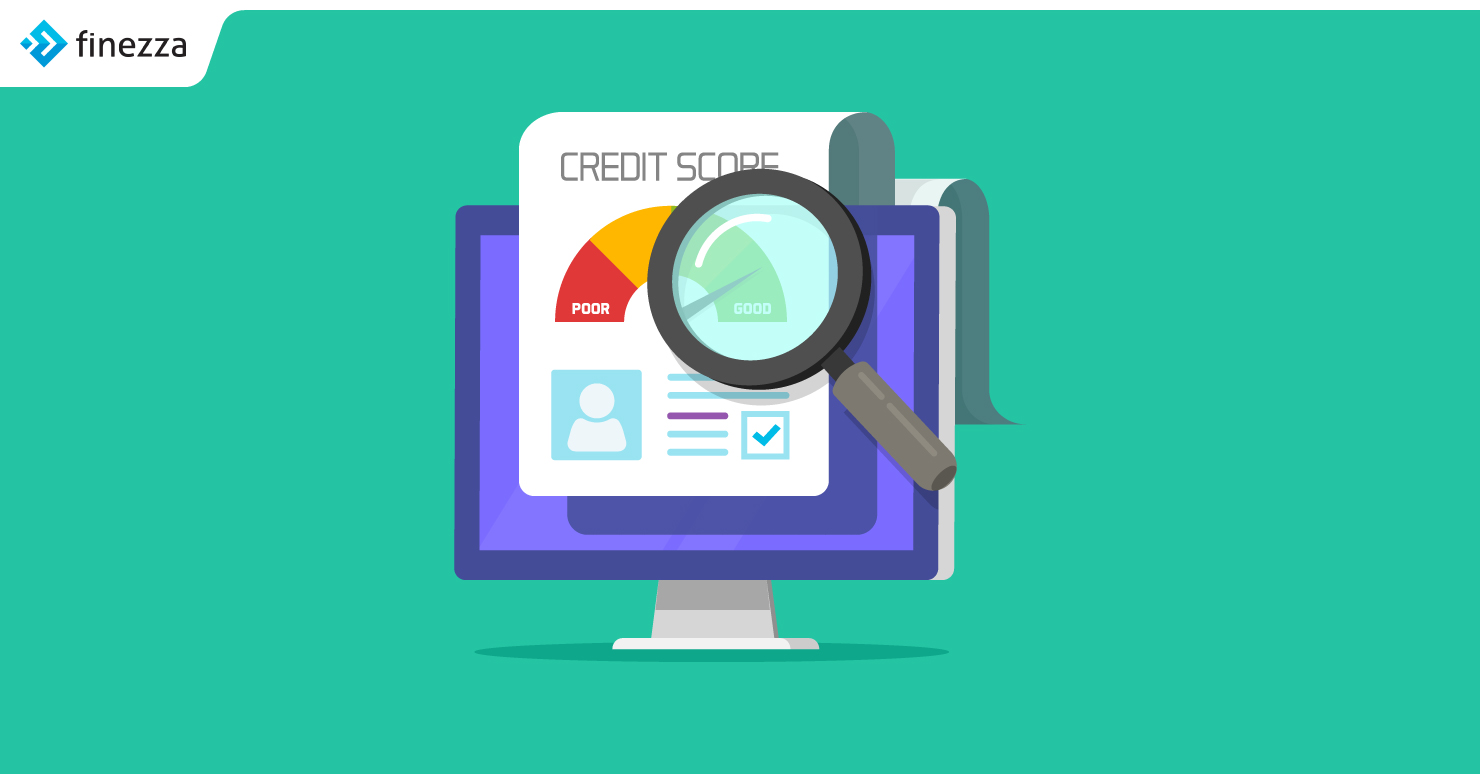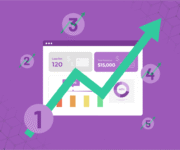With changes in the way transactions are processed and payments are made, the system for accessing risks or loan underwriting must also change. Lending companies are undoubtedly a susceptible target of fraudsters, especially in the times of digital banking. Where traditional credit scoring fails miserably during digital lending, digital footprints can help make up for missing data.
Legacy Credit Scoring Model
All credit bureaus perform credit scoring for risk assessment. Credit scoring helps lenders figure out how the borrowers can pay back the loan in future. Legacy credit scoring models factor in income statements, spending habits, debt history, and card usage patterns. With credit scoring, credit bureaus aim to create a model that is for to predict how safe it is to lend to a particular borrower.
Here are some of the reasons why the legacy credit scoring model needs an upgrade:
- Data from traditional credit bureaus can be falsified or stolen. For example, identity fraud and synthetic ID fraud are the biggest deterrents to traditional credit scoring models. Cybercriminals can easily take someone’s real ID, including someone’s name, social security number or bank account and use it in combination with fictional data to fulfil their plots. They often take leverage of details of individuals who have a spotless transaction history.
- They leave no stone unturned in borrowing money from financial lending companies who lack security measures.
- Advanced fraudsters go to the extent of testing data through their background check systems like paid services for credit checks online. Fraudsters usually build their application file using a stolen credit card and then access themselves using such services available online. They purposefully use means to score high on credit rating and apply for loans to ascertain that their repayment rate is higher than other loan applicants.
- There have been instances in the past, where fraudsters even get access to the questions from background check companies, and craftily manufacture the betting user profiles to meet all the enlisted criteria for loan approval.
Legacy systems and their archaic processes limit banks and Fintechs. Most of the traditional credit scoring algorithms use logistic regression to churn scores and have the capacity to handle only about 30-50 variables at best, which keeps them from assessing comprehensive data for risk assessment.
What is Digital Footprint Data?
A digital footprint can be described as any collection of information that can indicate the same user as social media profiles, web cookies, or even specific patterns in online behaviour. When it comes to fraud prevention, factors like purchase history, browser used, and IP address also make useful components of the digital footprint data of an individual.
Limitations of Digital Footprint Data
Although the penetration of financial services has seen a surge in recent times, some still do not have access to them. For example, when it comes to developing countries of the world where a chunk of the population is still unbanked, there is an acute shortage of digital footprint data for loan companies to access. Even in developing nations, some people still can’t afford to pay banking fees, do not trust financial institutions, do not have adequate documentation and just use a friend’s or family member’s account for banking transactions.
How is Digital Footprint Data Shaping the Future of Credit Scoring?

1. Alternative Data for Credit Scoring
Digital footprint analysis is a process that uses information from individuals’ Internet usage patterns to understand who they are. As the adoption of digital mediums is increasing day in day out, this can be an invaluable source of useful data, even in countries where the percentage of unbanked citizens is high.
KYC is an excellent example of how a digital footprint can be accessed. The device used to fill out a KYC form can be useful for lenders. The equipment used to connect to the lending website presents info about whether an applicant is using private mode or an emulator. Through KYC form, lenders can also assess email profiles and check if it is from a suspicious domain or if it requires any additional verification during the signup process. Phone analysis allows lenders to check if applicants are signing up with a real phone number, regardless of whether it is from a fixed line or mobile and also if they are using that number for messaging services. KYC also facilitates IP analysis that verifies the origin of the connection.
Although using alternative data making up for digital footprint may seem extra, it can help ward fraudsters away. Newer credit score evaluation algorithms can easily multivariate and can mine, structure, weigh, and use rich data for futuristic credit scoring. Modern lending companies analyse various data sets to assess the creditworthiness of consumers applying for loans. Other alternative data sources include online presence, smartphone metadata, psychometric data, social media data, remittance history, utility bill payments, e-commerce merchant rating, etc.
2. Predict Credit Behaviour
Borrowers in emerging financial markets often have a negligible credit history. Digital footprint data can help lending institutions sanction loans to such individuals. Moreover, the use of advanced data helps Fintechs leverage a mix of historical data with new consumer data to predict credit behaviour aptly. With the use of data analytics, these diverse data sets can be used to derive relevant consumer insights.
Use of Artificial Intelligence (AI) and Machine Learning (ML) technologies has helped Fintechs shape a new wave of credit accessibility for consumers and small businesses alike. AI can help financial institutions ‘learn’ more about their consumers to make intelligent credit decisions. Combined with ML, AI can help screen the prospective borrowers by predicting their spending and saving behaviour accurately. Lenders benefit from lower NPAs, easy turnaround times for processing loans, and better ROIs.
3. Better Customer Experience
Lenders struggle to find a competitive edge in the markets with an increase in the number of players. Trying to deliver the best in class customer experience, Fintechs can leverage digital footprint data for personalisation and high-quality customer experience. Efficient data mining and analytics help loan origination systems in assessing the risk level that a prospect faces and can suggest ways to personalise a loan product to suit their needs in the best possible manner. Financial lending institutions can also devise collection strategies according to the customer’s credit risk level.
Key Takeaways
Fintechs are trying to build a robust credit scoring model that’s viable with their scaling operations. However, there is a universal distrust in the information they acquire through standard processes.
Finezza is a brilliantly designed analytics suite that incorporates various ways for credit scoring using digital footprint data. The SaaS platform facilitates data sourcing based on interactions and needs of different lending companies who decide to leverage its conveniences.
The Finezza ecosystem uses a winning mix of both traditional and alternative sources of data for efficient credit scoring. The platform conducts an in-depth analysis of underlying financial transactions of the applicant and supplies a practical index that reduces the NPAs for lenders.




[…] of transactions. This limits the possibility of any fraudulent transactions. In addition to digital operations, digital invoicing at micro-level allows aggregation and analysis of data at the merchant […]